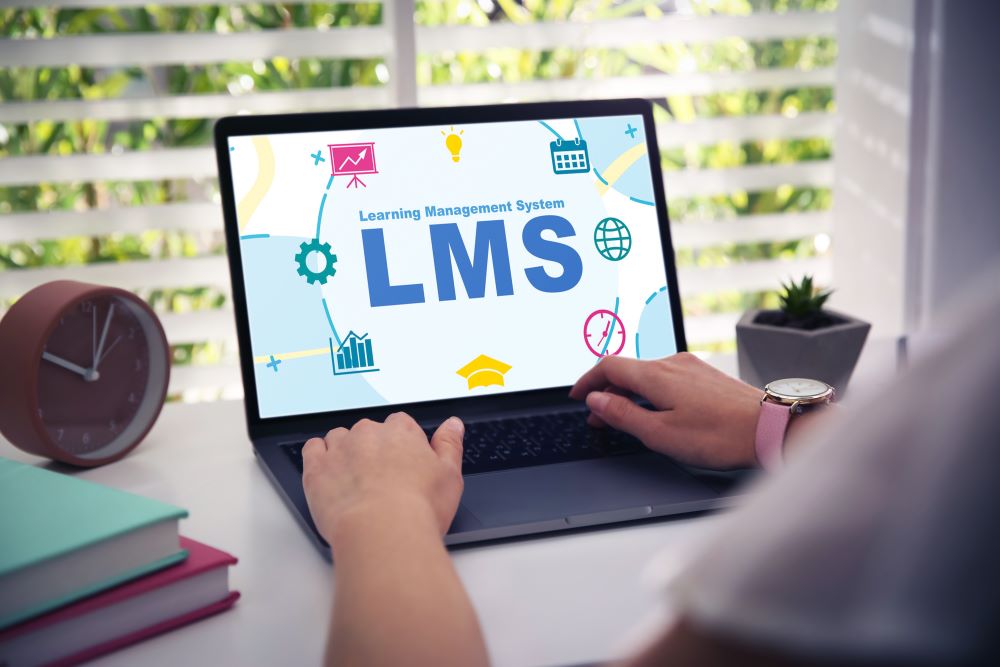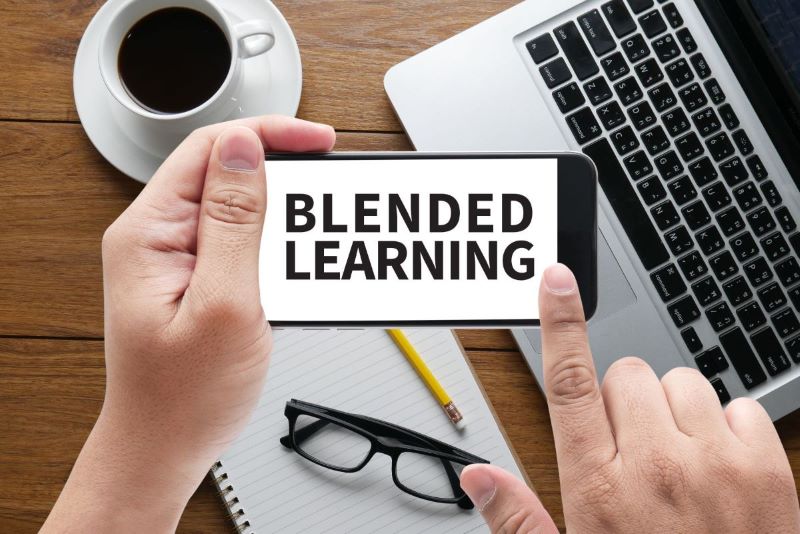
Teachers looking to get into eLearning
After working in the Education Team at Instinct Resourcing for over 2 years, I have spoken to countless teachers looking to make the career move into the eLearning sector. Although many career paths can lead to eLearning, a teaching background is often the most logical route to making the leap. Who wouldn’t see the appeal in flexible work arrangements, scrapping endless hours of marking, but still utilising your expert knowledge of learning theories? In this article, I will cover some of the trends I have seen firsthand that have assisted ‘transitioning teachers’ into eLearning.
Deciding which eLearning role is right for you.
Before delving into some tips and tricks on how to transition into eLearning, let's identify the eLearning roles you could potentially move into.
Starting by breaking down the entry-level roles into three positions: Instructional Designer, eLearning Developer, and Learning Technologist. These are some of the most popular entry-level roles we recruit for.
- An Instructional Designer meets with Academics/SMEs, determines learning objectives, implements a pedagogical approach, and builds a course blueprint.
- An eLearning Developer takes the blueprint and creates the course using authoring tools, develops media, and interaction pieces, and presents the course for review.
- A Learning Technologist maintains the Virtual Learning Environment (Moodle, Blackboard, Canvas, etc), uploads courses, ensures easy navigation of the platform, troubleshoots, ticketing, and supports and trains staff and students on best practices of the VLE.
The role responsibilities do crossover and are open to interpretation, but I would say at an entry-level position these are the three roles you could start in your eLearning career.
Although skill sets are not exclusive to a role, in my experience each role tends to attract similar skill sets. Typically, Instructional Designer’s research adult learning principles, and understand how students learn best, as well as being strong writers. eLearning Developers have a creative flair with an eye for the arts and multimedia. While Learning Technologists help people to use the technology, lead workshops and enjoy working with technical tools.
How to transition into eLearning
If the role of an Instructional Designer is more suited to you, I suggest researching the Instructional Design principles. These are practices and theories of how to create an eLearning course. Including the ADDIE Model, SAM, ABC, 70:20:10, 5DI, etc.. They are the backbone of eLearning courses and if done well, ensure a good student experience. There are several courses, including a course by the Digital Learning Institute, which is a paid-for course that will cover the above. Also, various University degrees are available to complete, and charities are always looking for volunteers to help.
Portfolio, portfolio, portfolio. I cannot stress this enough. While Teachers create lessons day after day, they are not the same as an eLearning course. You may have the knowledge of creating a pedagogically sound classroom lesson and there are similarities to this and an eLearning course, but keeping an individual focused and entertained without using your presence is a new skill. You can download a demo of Articulate 360 and familiarise yourself with its tools and techniques. Just remember to save these courses and create a portfolio, make something you are proud of. Also, LDN Apprenticeships have a course on how to use an array of authoring tools, so you are ready to walk into a role as an eLearning Developer.
Lastly, for a Learning Technologist position, it may be hard to get your hands on a VLE, unless your current employer has one, but some skills are easy to bring out into your CV. You will be coaching members of staff and students on how to use certain tools, leading workshops, 1-to-1 sessions, and drop-in sessions. Working with students to understand their queries and advising how to fix them. We would likely see people from a technical background or an Academic background where they can advise on TEL (Technology-Enhanced Learning) Tools.
As is the same with moving to any new position, it can probably be broken down into 4 key steps, earn a qualification, develop technical and specific tools, get relevant work experience, and then keep on being proactive in learning more and more. While I cannot guarantee this advice will lead to instant success, this is advice I give daily to the education sector.
If you a teacher looking to make the transition into eLearning, it would be great to hear from you. Or, if you have already made the leap into eLearning, what was a determining factor that helped you get your first eLearning position?
Get in touch today - gus.beecroft@instinct.co.uk



